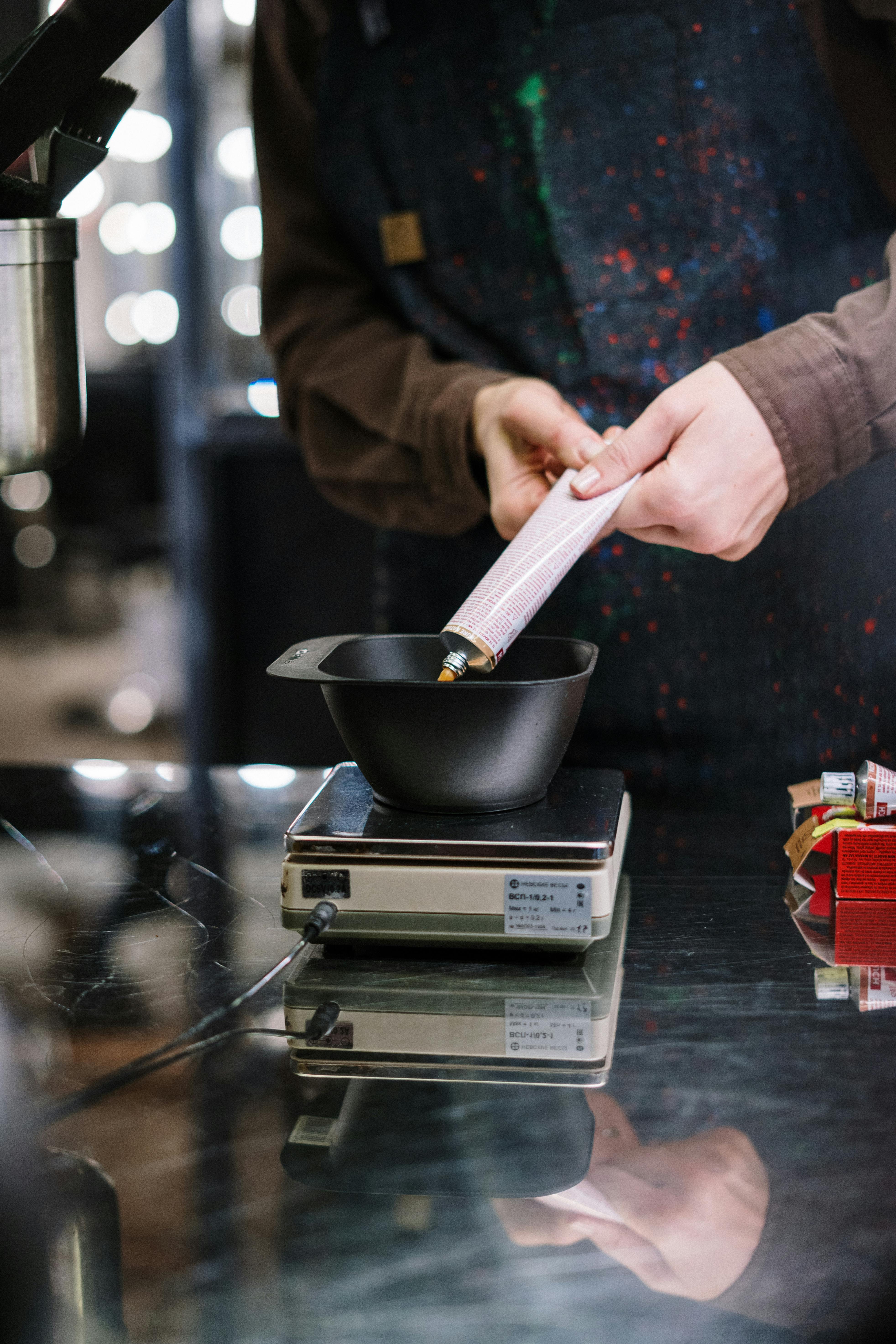styling
basics
Master the Art of Blow Drying: A Beginner's Guide

Mastering the art of blow-drying can transform your hair game. Here’s your comprehensive guide to achieving professional results at home.
Essential Preparation
- Pre-Drying Steps
- Gently towel-dry hair
- Apply heat protectant
- Use leave-in conditioner if needed
- Detangle thoroughly
- Tool Selection
- Quality hair dryer with multiple settings
- Round brush for volume
- Paddle brush for smoothing
- Sectioning clips
Basic Techniques
1. Rough Drying
- Remove 60-80% of moisture
- Use fingers to tousle
- Keep dryer moving
- Medium heat setting
2. Sectioning
- Divide hair into manageable sections
- Start with nape area
- Work in layers
- Secure with clips
3. Proper Direction
- Dry roots upward for volume
- Point nozzle downward for smoothness
- Follow hair growth direction
- Maintain tension
Advanced Methods
- Root Volume
- Lift sections at 90-degree angle
- Direct heat at roots
- Cool shot to set
- Use round brush
- Smooth Ends
- Wrap hair around brush
- Apply tension
- Roll and heat
- Cool to set
- Creating Curl
- Section small pieces
- Wrap around round brush
- Heat thoroughly
- Cool before releasing
Common Mistakes
- Temperature Issues
- Too high heat
- Inconsistent distance
- Staying in one spot
- Skipping cool shot
- Technique Problems
- Wrong brush size
- Poor sectioning
- Insufficient tension
- Rushing process
Tips for Success
- Tool Position
- Keep nozzle pointed down
- Maintain consistent distance
- Follow brush with dryer
- Use proper attachments
- Time Management
- Work systematically
- Complete each section
- Don’t rush
- Check results
- Maintenance
- Clean dryer filter
- Replace worn brushes
- Check cord safety
- Store properly
Remember, practice makes perfect. Start with basic techniques and gradually work up to more advanced methods as you become comfortable with the process.
